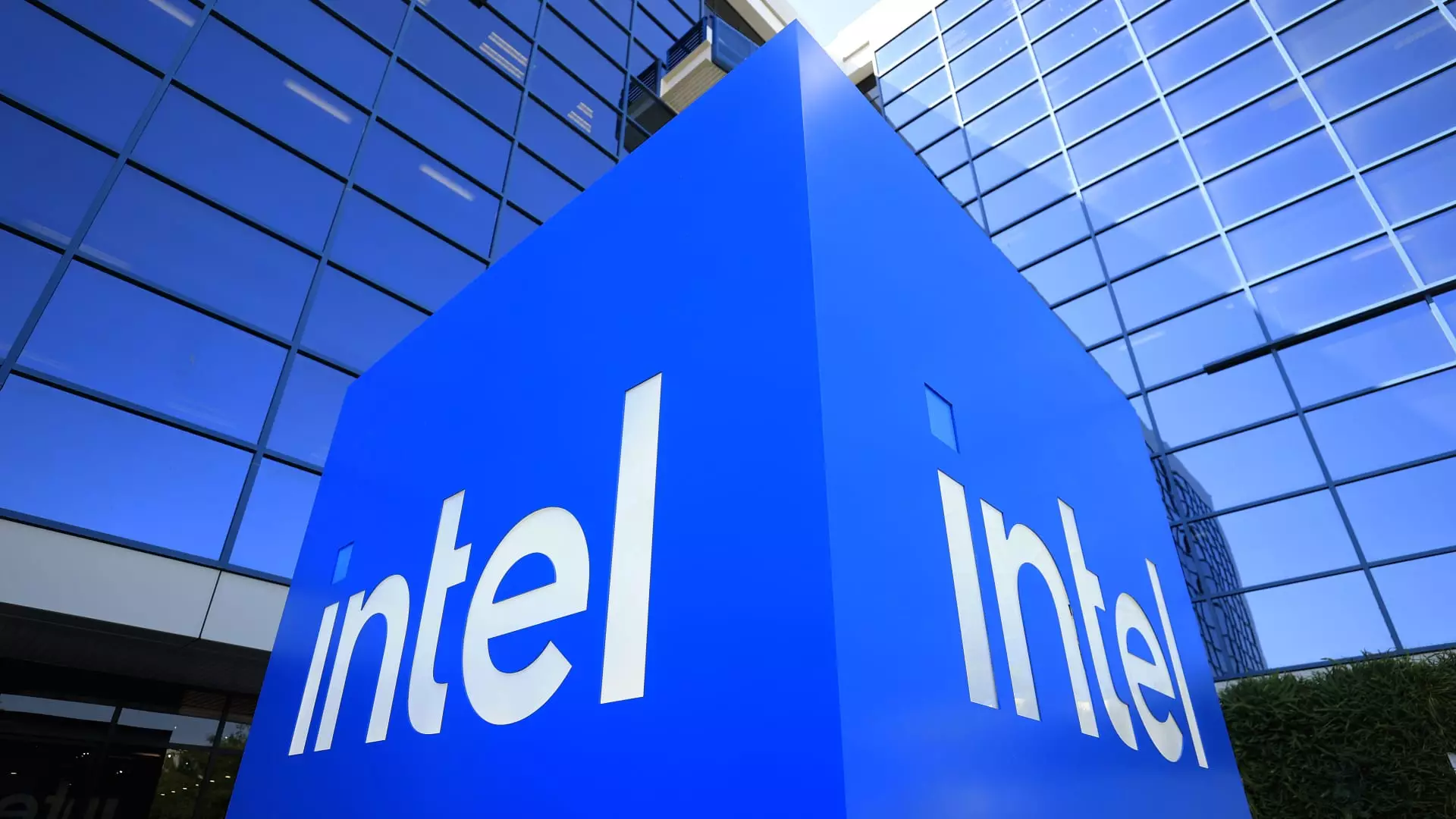In the relentless world of stock market fluctuations, earnings reports often serve as the primary barometer of economic health. Yet, beneath the surface of the latest corporate earnings season lies a troubling trend: a wave of underwhelming results that cast doubt on the resilience of the current economic expansion. Companies like FactSet Research Systems and Cracker Barrel have offered stark warnings about the fragility of corporate profitability — a reality that should raise red flags for investors who still cling to optimism.
FactSet’s disappointing fourth quarter, with earnings per share falling short of analyst expectations, underscores a broader slowdown in corporate revenue growth despite a modest beat on the top line. Its conservative guidance for the year hints at cautiousness amid uncertain economic prospects. Similarly, Cracker Barrel’s failure to meet earnings estimates, despite revenue exceeding forecasts, suggests rising cost pressures and possibly deteriorating consumer confidence. These signals paint a picture of an economy teetering on the edge — vulnerable to shocks that can rapidly erode investor confidence and precipitate widespread volatility.
Exuberance in Select Sectors Masking Broader Weakness
While some sectors are defying gravity, this apparent resilience is often superficial and skewed. Semiconductor giant Intel’s 28% surge following a strategic investment by Nvidia illustrates the ongoing enthusiasm around technology, yet it hides the fact that much of this optimism is driven by speculative trading rather than fundamental strength. Similarly, the cryptocurrency exchange Bullish’s 10% jump post-IPO illustrates the speculative bubble that still inflates certain parts of the market — bubble that risks bursting at any moment if underlying economic data continue to deteriorate.
Conversely, traditional sectors such as consumer leisure and retail are showing signs of strain. Darden Restaurants, owner of Olive Garden, reported earnings below expectations and saw a significant stock decline. This divergence highlights a critical issue: not all sectors are moving in tandem. While high-flyers and speculative assets thrive, more normalized business models face headwinds, exposing the underlying imbalance in the market.
Geopolitical and Structural Factors Undermining Confidence
Amid the corporate earnings landscape, geopolitical tensions and global economic shifts cast long shadows over the market’s future. International developments, especially in the technology and energy sectors, threaten to derail fragile recovery narratives. For instance, the agreement between IonQ and the Department of Energy underscores the importance of quantum computing, yet it also signals an underlying recognition of the technological race that is rife with uncertainty and risk.
Trade tensions, regulatory crackdowns, and inconsistent policy approaches further deepen the doubts. Even as some companies like Novo Nordisk and Moderna post promising results, their successes are often isolated phenomena rather than indications of broader systemic strength. The market has become excessively dependent on selective high-growth stories, which can quickly backfire if economic conditions worsen or macroeconomic uncertainties intensify.
Market Overconfidence and the Illusion of Resilience
The apparent optimism driven by sectors like cybersecurity and quantum technology is dangerously misleading. Companies like CrowdStrike or Rigetti are buoyed by strategic partnerships and innovation, but these are not guarantees of sustained growth. Their rally demonstrates how speculative behaviors continue to distort the true economic picture, leading investors to overlook warning signs. Overconfidence breeds complacency, creating a false sense of security that can plunge markets into turmoil once reality asserts itself.
Investors and policymakers should heed the signals from earnings reports: a pattern of missed forecasts, cautious guidance, and sector-specific underperformance. The underlying message is clear — the economy is increasingly vulnerable, and the current rally is built on fragile speculative foundations rather than genuine resilience. This mismatch between market optimism and economic reality threatens to precipitate sharp corrections, exposing those who have ignored the warning signs to significant losses.
Just as the market has rewarded selective optimism, it is equally poised for punishing correction should these underlying vulnerabilities come to pass. A cautious, center-right approach that emphasizes fiscal responsibility, prudent regulation, and strategic investment in core industries appears most sensible amidst this landscape of uncertainty and overinflated sectors. While the allure of rapid gains persists, history reminds us that unrestrained optimism based on superficial data often ends in regret.

